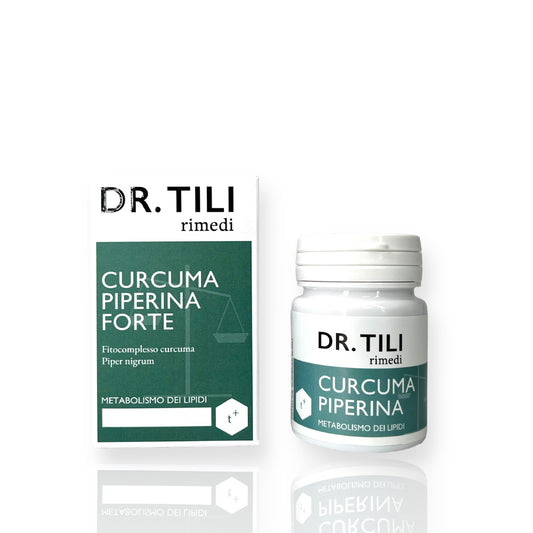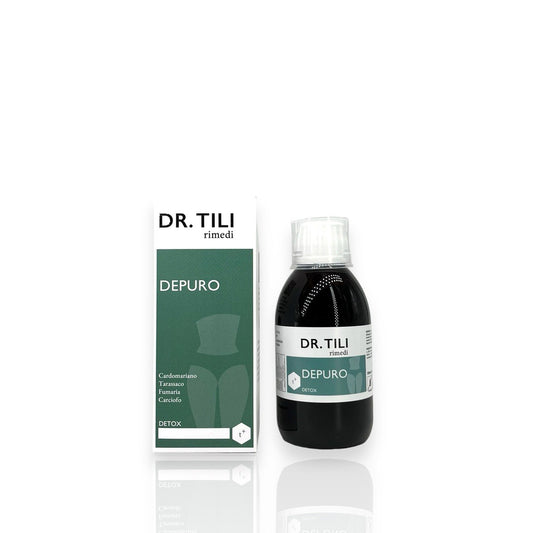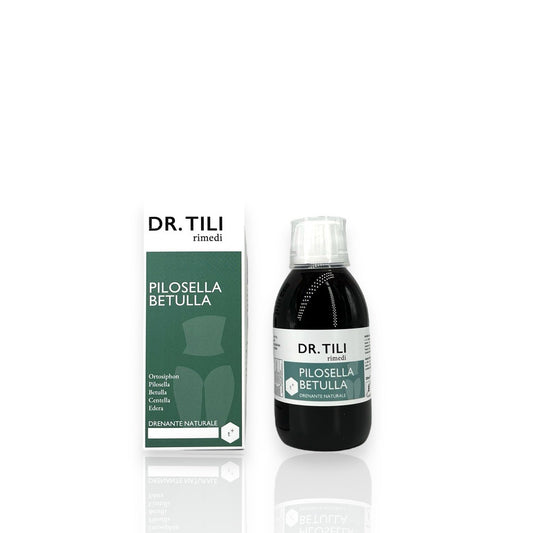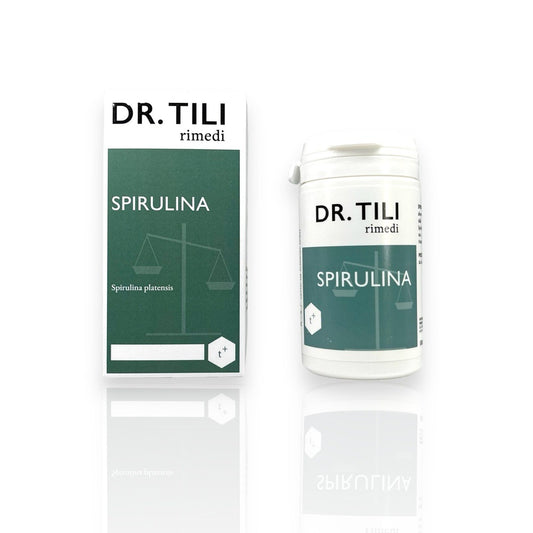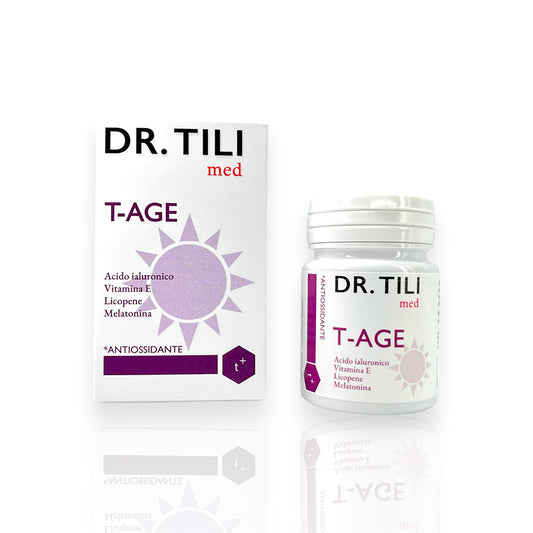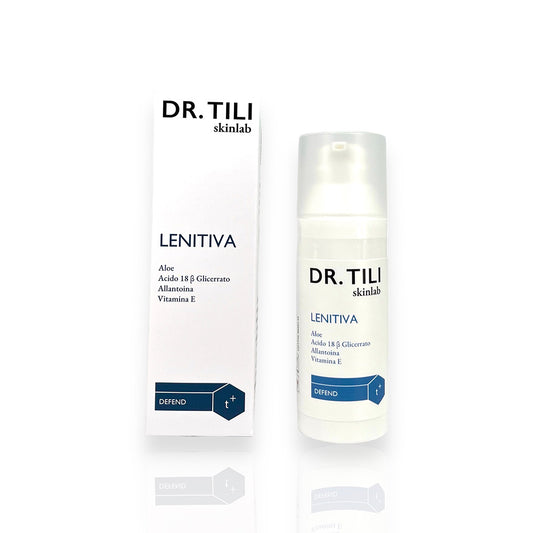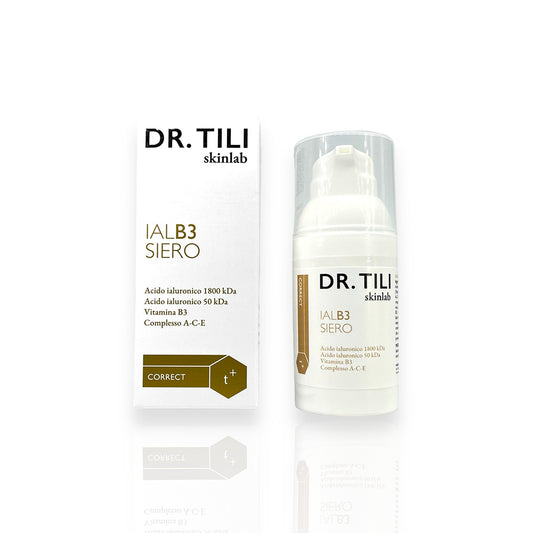VIATRIS HEALTHCARE LIMITED
Betadine 10% cutaneous solution 500ml
Betadine 10% cutaneous solution 500ml
Ricevi 14 punti per l'acquisto di questo articolo - NON USARE sconti di associazioni o partner commerciali o i Punti così ottenuti verranno sottrattiUnisciti a noi per ricevere

Pickup available at Farmacia Tili
Usually ready in 24 hours
PRODUCT NET WEIGHT
PRODUCT NET WEIGHT
EAN
EAN
023907280
MINSAN
MINSAN
023907280
Betadine 10% skin solution 500ml is a disinfectant product formulated for cleaning and disinfecting damaged skin , ideal for treating small superficial wounds and bedsores with limited involvement of the epidermis. The active ingredient, Iodopovidone , is present at 10% iodine, ensuring an effective antimicrobial action. This solution is particularly suitable for skin antisepsis , forming a brown protective film that does not stain. The formulation includes excipients such as Glycerol , Macrogol lauryl ether , and Sodium phosphate dibasic dihydrate , which contribute to the stability and effectiveness of the product. Betadine 10% skin solution is an essential ally for the management of small skin lesions, offering reliable protection against infections.
ACTIVE INGREDIENTS
Active ingredients contained in Betadine 10% cutaneous solution 500ml - What is the active ingredient in Betadine 10% cutaneous solution 500ml?
Betadine 10% cutaneous solution 100 ml contain: Active ingredient: Iodopovidone (10% iodine) 10 g For the full list of excipients, see section 6.1.
EXCIPIENTS
Composition of Betadine 10% cutaneous solution 500ml - What does Betadine 10% cutaneous solution 500ml contain?
Betadine 10% cutaneous solution: Glycerol, Macrogol lauryl ether, Sodium phosphate dibasic dihydrate, Citric acid monohydrate, Sodium hydroxide, Purified water.
DIRECTIONS
Therapeutic indications Betadine 10% cutaneous solution 500ml - Why is Betadine 10% cutaneous solution 500ml used? What is it used for?
Disinfection and cleaning of damaged skin (small superficial wounds, bedsores involving only the epidermis).
CONTRAINDICATIONS SIDE EFFECTS
Contraindications Betadine 10% cutaneous solution 500ml - When should Betadine 10% cutaneous solution 500ml not be used?
Hypersensitivity to the active substance or to any of the excipients listed in paragraph 6.1. Hyperthyroidism Do not use in children under six months of age.
DOSAGE
Quantity and method of taking Betadine 10% cutaneous solution 500ml - How to take Betadine 10% cutaneous solution 500ml?
Betadine 10% cutaneous solution: Apply 2 times a day directly to small wounds and skin infections. A quantity of 5 ml of solution (containing 50 mg of iodine) is sufficient to treat an area of approximately 15 cm on each side. For skin antisepsis: apply a protective layer of the brown solution until a medium intensity color is obtained: a superficial film is formed that does not stain.
CONSERVATION
Storage Betadine 10% cutaneous solution 500ml - How to store Betadine 10% cutaneous solution 500ml?
Betadine 10% cutaneous solution : store at a temperature not exceeding 25°C
WARNINGS
Warnings Betadine 10% cutaneous solution 500ml - About Betadine 10% cutaneous solution 500ml it is important to know that:
For external use only. This medicine should not be applied to severely damaged skin or to large surfaces. Do not use for prolonged treatments: use, especially if prolonged, may give rise to sensitization phenomena. In this case, treatment should be stopped and a clinical evaluation should be performed. Particular caution should be used in patients with pre-existing renal insufficiency who require regular applications of Betadine on damaged skin (see section 5.2). Patients with goiter, thyroid nodules or other acute and non-acute thyroid diseases are at risk of developing thyroid hyperfunction (hyperthyroidism) following the administration of large amounts of iodine. In this patient population, the povidone-iodine solution should not be used for a prolonged period of time or on large body surfaces. Even after the end of treatment, early symptoms of possible hyperthyroidism should be sought and thyroid function should be monitored. Do not use at least 10 days before or after a radioiodine scintigraphy or in the treatment of thyroid carcinoma with radioiodine. The pediatric population is at greater risk of developing hypothyroidism following the application of high doses of iodine. Due to the permeability of the skin and their high sensitivity to iodine, the use of povidone-iodine should be reduced to the minimum necessary in children. Monitoring of the child's thyroid function (e.g. T4 and TSH levels) may be necessary. Any oral ingestion of povidone-iodine by the child should be avoided. In pediatric age, use only under strict supervision and in cases of real need. Accidental ingestion or inhalation of some disinfectants can have serious consequences, sometimes fatal. Avoid contact with eyes.
INTERACTIONS
Interactions Betadine 10% cutaneous solution 500ml - Which medicines or foods can modify the effect of Betadine 10% cutaneous solution 500ml?
Avoid the simultaneous use of other antiseptics and detergents. The polyvinylpyrrolidone-iodine complex is effective at pH values between 2.0 and 7.0. It is possible that the complex reacts with proteins or other unsaturated organic compounds, and that this determines a reduction in its efficacy. The concomitant use of preparations with enzymatic components for the treatment of wounds determines a weakening of the effects of both substances. Povidone-iodine should not be used simultaneously with products containing mercury salts or benzoin compounds, carbonates, tannic acid, alkalis, hydrogen peroxide, taurolidine and silver. The use of products containing povidone-iodine in conjunction with other antiseptics containing octedine in the same or adjacent sites may cause a temporary darkening of the affected areas. The oxidative effect of povidone-iodine preparations may cause false positive results in some laboratory diagnostic tests (e.g. toluidine or guaiac gum tests for haemoglobin or glucose in stool or urine). Avoid routine use in patients receiving concomitant lithium treatment. The absorption of iodine from povidone-iodine solution may reduce the thyroid uptake of iodine. This may interfere with various tests (thyroid scintigraphy, determination of iodine-binding proteins, radioiodine diagnostics) and may make planned iodine treatment of the thyroid impossible (radioiodine therapy). After the end of treatment, an adequate period of time must elapse before a new scintigraphy is performed.
SIDE EFFECTS
Like all medicines, Betadine 10% cutaneous solution 500ml can cause side effects - What are the side effects of Betadine 10% cutaneous solution 500ml?
Undesirable effects are classified according to their frequency: Very common (≥ 1/10) Common (> 1/100 to < 1/10) Uncommon (≥ 1/1,000 to < 1/100) Rare (≥ 1/10,000 to < 1/1,000) Very rare (< 1/10,000) Not known (frequency cannot be estimated from the available data) Immune system disorders Rare: Hypersensitivity Very rare: Anaphylactic reaction Endocrine disorders Very rare: Hyperthyroidism* (sometimes with symptoms such as tachycardia or agitation) Not known: Hypothyroidism *** Metabolism and nutrition disorders Not known: Electrolyte imbalance **, Metabolic acidosis ** Skin and subcutaneous tissue disorders Rare: Contact dermatitis (with symptoms such as erythema, microvesicles and pruritus) Very rare: Angioedema Not known: note: Exfoliative dermatitis Renal and urinary disorders Not known: Acute renal failure **, Abnormal blood osmolarity ** *In patients with a history of thyroid disease (see section Warnings and special precautions for use) following high iodine uptake, for example after long-term use of povidone-iodine solution for the treatment of wounds and burns over large areas of skin. **May occur following uptake of high amounts of povidone-iodine (for example in the treatment of burns) ***Hypothyroidism following prolonged or extensive use of povidone-iodine Reporting of suspected adverse reactions Reporting suspected adverse reactions that occur after authorisation of the medicinal product is important. It allows continued monitoring of the benefit/risk balance of the medicinal product. Healthcare professionals are asked to report any suspected adverse reactions via the national reporting system at: http://www.agenziafarmaco.gov.it/content/come-segnalare-una-sosp etta-reazione-avversa.
OVERDOSE
Overdose Betadine 10% cutaneous solution 500ml - What are the risks of Betadine 10% cutaneous solution 500ml in case of overdose?
In case of intentional or accidental overdose, hypothyroidism or hyperthyroidism may occur. Systemic absorption of iodine after repeated applications of the product to large wounds or severe burns may produce a series of symptoms such as: metallic taste, increased salivation, burning or stinging pain in the mouth and throat, irritation or swelling of the eyes, fever, skin rash, diarrhea and gastrointestinal disturbances, hypotension, tachycardia, metabolic acidosis, hypernatremia, renal failure, pulmonary edema and shock. In case of accidental ingestion of large quantities of product, institute symptomatic and supportive treatment with particular attention to electrolyte balance and renal and thyroid function.
PREGNANCY AND BREASTFEEDING
If you are pregnant or breast-feeding, think you may be pregnant or are planning to have a baby, ask your doctor for advice before taking Betadine 10% cutaneous solution 500ml.
During pregnancy and breastfeeding, povidone-iodine solution should be used only if strictly necessary and at the lowest possible dose, due to the ability of iodine to cross the placenta and be secreted into breast milk and the high sensitivity of the fetus and newborn to iodine. Iodine, moreover, is concentrated in breast milk more than in serum, therefore it can cause transient hypothyroidism with increased TSH (thyroid stimulating hormone) in the fetus or newborn.
DRIVING AND USE OF MACHINERY
Taking Betadine 10% cutaneous solution 500ml before driving or using machines - Does Betadine 10% cutaneous solution 500ml affect driving or using machines?
Betadine does not alter the ability to drive vehicles or use machines.



